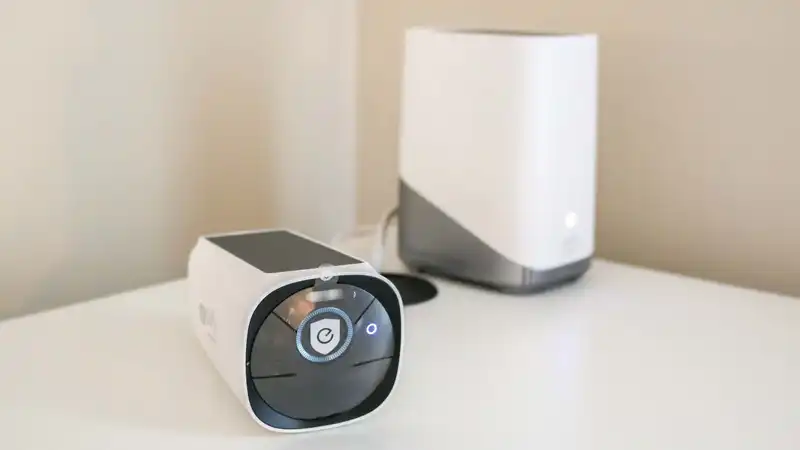The best home security cameras are getting smarter, with advanced features like zone separation and radar detection Whether you're thinking about buying a camera or already have one set up, dig deep into the app and customize it for your property Dialing in the right settings can dramatically improve the effectiveness of your security system and maximize protection
As someone who tests security cameras for a living, I prioritize the following five settings to make sure I'm getting the clearest picture while minimizing false alarms
Whether the camera is located on a busy street or in a busy room, motion detection zones can be adjusted to reduce alert fatigue This allows the camera to ignore areas of high activity, such as the edge of a driveway or doorway, and receive notifications only when activity occurs in critical areas Consider paths leading to major doorways, windows, or entry doors That way, you won't get dozens of pop-ups when a car, landscaper, or pet passes by
Open the camera's application and click on the settings tab to enter the motion detection category Depending on the footage, draw a barrier that either adjusts the detection distance or instructs the camera to ignore activity in a specified space That way you will only be notified when someone enters directly into a central area of your home
It is important to adjust the sensitivity level of the camera's motion detector Set it to the default or too high and you will hear a chime every time the wind blows or a squirrel visits your yard But if the system's sensitivity is too low, a real threat could enter your property without you knowing it Although radar and 3D detection technology is slowly advancing, even the best models are still prone to false alarms No matter how many detection zones are set up, it is common for the wind to blow tree branches or pieces of paper into the space that is being actively monitored, triggering the camera
I first test the basic response of each camera by checking how long it takes the camera to recognize my approach and overall movement as I walk around the yard or room Ideally, the camera should notify me within three seconds of my entire body entering the frame, so I often adjust the sensitivity slider a little higher, around 70 percent, to make sure the notification is quick Most cameras have a sliding scale of 1 to 10 or, if they are really fine, 1 to 100
Privacy zones create a virtual blackout, especially useful for indoor cameras In the example pictured above, the privacy zone is used to block off the area where the guest would normally sit on the sofa However, if someone comes in through the back door, they can still see In my personal setup, the kitchen camera is angled from the hallway toward the bedroom and bathroom I set up a rectangular block that shows only the kitchen and its doorway
Nearly all cameras I have used in the past two years automatically record in low resolution right out of the box to save space, battery life, or bandwidth Depending on the camera's capabilities, you may need to manually enter the “Video Quality” tab in the settings menu and set the resolution to 1080p, 2K, or 4K This way, you can capture the clearest possible video This higher resolution is useful for isolating textures, rendering accurate colors, and picking up details that would otherwise be missed with the default settings
For everyday use, we prefer 2K resolution, which offers the best balance of image quality, network bandwidth, and storage efficiency
The camera you purchase should have night vision capabilities Most systems support both infrared and color night vision modes Infrared technology always produces a black-and-white image, but its intensity can be adjusted to produce a clearer image Enabling the color night vision feature directs a spotlight or AI to the camera that supports that feature This extracts tints like the color of a hoodie or car, even in the dark In the photo above you can see how the two modes differ on the Blink Mini 2
Check out our other guides on how to pair the camera with the best smart home device and instruct the gadget to take certain actions when motion is detected










Comments